5 Factors affecting the elongation of alloys
- August 8, 2024
- 1:33 am
- 1434
Elongation is a critical mechanical property of alloys, representing the material’s ability to undergo plastic deformation before failure. It is typically expressed as a percentage of the original gauge length of a test specimen after fracture in a tensile test. Elongation is crucial for applications requiring flexibility, toughness, and resistance to cracking. Various factors influence the elongation of alloys, including their chemical composition, microstructure, processing methods, and operating conditions.
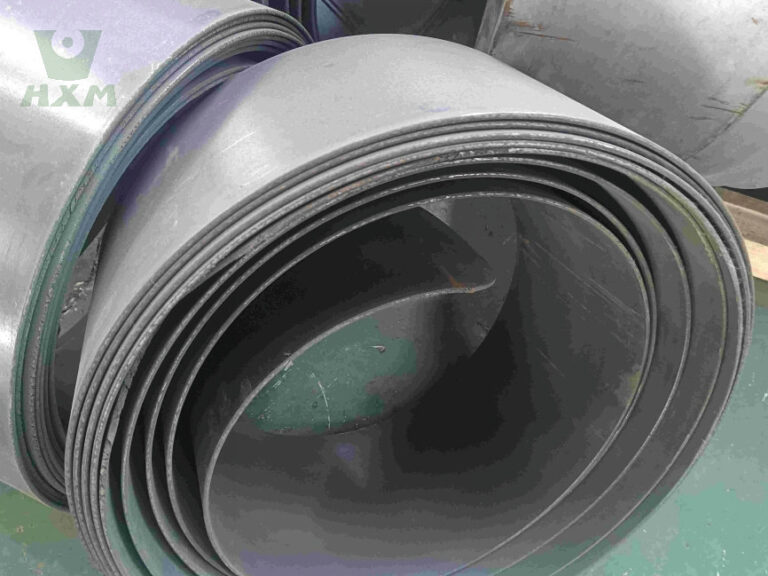
Factors affecting the elongation of alloys
Call Us Now!!!
Factors affecting the elongation of alloys——Chemical Composition
The chemical composition of an alloy is fundamental to its elongation characteristics:
- Base Elements: The primary metals in the alloy, such as iron, aluminum, or nickel, determine the general mechanical behavior. For example, pure metals tend to have higher elongation compared to their alloyed counterparts.
- Alloying Elements: Additives like carbon, chromium, molybdenum, and titanium can enhance strength but may reduce elongation. The balance of these elements is crucial; for instance, in steels, carbon increases strength but decreases ductility and elongation.
- Impurities: Trace elements or contaminants can create stress concentrators or promote brittle phases, reducing elongation.
Factors affecting the elongation of alloys——Microstructure
The microstructure of an alloy, influenced by its composition and thermal history, plays a significant role in determining elongation:
- Grain Size: Finer grains generally improve both strength and ductility due to the Hall-Petch effect. However, very small grains can reduce elongation if they promote brittle fracture.
- Phase Distribution: The presence of different phases, such as ferrite and pearlite in steel, affects elongation. A homogeneous microstructure with well-distributed phases tends to exhibit better elongation.
- Precipitates and Inclusions: Fine, well-distributed precipitates can strengthen the alloy while maintaining elongation, but large or unevenly distributed precipitates and non-metallic inclusions can act as crack initiators, reducing elongation.
Factors affecting the elongation of alloys——Processing Methods
The manufacturing processes used to produce and treat alloys significantly influence their elongation:
- Hot and Cold Working: Hot working, such as forging or rolling at elevated temperatures, tends to improve elongation by refining the microstructure and reducing internal stresses. Cold working increases strength through strain hardening but generally decreases elongation.
- Heat Treatment: Processes like annealing, quenching, and tempering alter the microstructure and mechanical properties. Annealing often improves elongation by relieving internal stresses and promoting recrystallization, while quenching and tempering balance strength and ductility.
- Welding and Joining: The thermal cycles involved in welding can lead to grain growth and the formation of brittle phases, potentially reducing elongation in the heat-affected zone.
Factors affecting the elongation of alloys——Temperature and Strain Rate
The temperature at which an alloy is tested or used affects its elongation:
- Temperature: Elevated temperatures generally increase elongation by promoting plastic deformation and reducing the propensity for brittle fracture. Conversely, low temperatures may reduce elongation due to increased brittleness.
- Strain Rate: The rate at which an alloy is deformed also impacts elongation. Higher strain rates typically reduce elongation as the material has less time to accommodate plastic deformation. However, some alloys, like superalloys, may exhibit increased elongation at certain strain rates due to dynamic strain aging.
Factors affecting the elongation of alloys——Texture and Anisotropy
The crystallographic texture and anisotropy (directional dependence of properties) in an alloy influence its elongation:
- Texture: Alloys with a strong texture, where grains are aligned in specific directions, may exhibit different elongation properties depending on the loading direction. A random texture usually leads to isotropic behavior, enhancing uniform elongation.
- Anisotropy: Rolling or forging can induce anisotropy, where elongation varies with direction. For example, rolled aluminum sheets may show higher elongation in the rolling direction compared to the transverse direction.
Extended Discussion: Engineering Applications and Alloy Design
Understanding the factors affecting elongation is critical in designing alloys for specific applications. For instance, aerospace components require alloys with a high elongation to absorb impacts without fracturing, while in automotive applications, a balance between strength and elongation is essential for crashworthiness.
In the design of high-strength alloys, such as those used in turbine blades or structural components, a delicate balance must be struck between tensile strength and elongation. Alloying elements, processing techniques, and heat treatments are carefully controlled to achieve the desired combination of properties.
In fields like biomedical engineering, where implants must endure repetitive stresses and deformation, elongation is a key consideration. Materials like titanium alloys are selected for their ability to deform without breaking, ensuring long-term durability and performance.
Conclusion
The elongation of alloys is influenced by a complex interplay of factors, including chemical composition, microstructure, processing methods, and operating conditions. By understanding and controlling these factors, engineers and metallurgists can design and produce alloys with the optimal balance of strength, ductility, and elongation for their intended applications. As materials science continues to advance, the ability to tailor these properties will lead to even more innovative and high-performance materials across various industries.
Elongation at break is influenced by several factors:
- Chemical Composition: The type and amount of alloying elements and impurities can significantly impact elongation. Elements like carbon can increase strength but decrease ductility.
- Microstructure: Grain size, phase distribution, and the presence of precipitates or inclusions all play a role. Finer grains and homogeneous microstructures typically enhance elongation.
- Processing Methods: Techniques like heat treatment, hot and cold working, and welding can alter the microstructure and mechanical properties, affecting elongation.
- Testing Conditions: Temperature and strain rate during testing can impact elongation. Higher temperatures generally increase elongation, while higher strain rates tend to reduce it.
- Texture and Anisotropy: The alignment of grains and directional properties can influence how a material deforms and ultimately breaks.
Elongation is caused by the ability of a material to undergo plastic deformation under tensile stress. This plastic deformation occurs due to:
- Dislocation Movement: Dislocations move through the crystal lattice, allowing the material to deform without fracturing.
- Grain Boundary Sliding: At elevated temperatures, grains can slide past each other, contributing to elongation.
- Phase Transformations: Some alloys undergo phase changes under stress, which can accommodate additional deformation.
- Void Formation and Coalescence: In ductile materials, voids form and grow before coalescing into a crack, which allows for significant elongation before failure.
Yes, elongation generally increases with temperature. Higher temperatures promote:
- Enhanced Dislocation Movement: Increased atomic vibrations at higher temperatures facilitate the movement of dislocations.
- Reduced Yield Strength: Materials tend to have lower yield strength at higher temperatures, making it easier for them to deform plastically.
- Grain Boundary Sliding: Elevated temperatures can enable grains to slide past each other more easily, contributing to elongation.
- Phase Stability: Some phases are more stable at higher temperatures, which can affect the material’s ability to elongate.
Factors involved in elongation include:
- Chemical Composition: Alloying elements and impurities.
- Microstructure: Grain size, phase distribution, and inclusions.
- Processing Methods: Heat treatment, hot and cold working, welding.
- Testing Conditions: Temperature, strain rate.
- Texture and Anisotropy: Crystallographic texture and directional properties.
- Intrinsic Material Properties: Crystal structure and bonding characteristics.
To increase elongation at break, consider the following approaches:
- Optimize Alloy Composition: Adjust the levels of alloying elements to balance strength and ductility.
- Refine Grain Size: Use processes like thermomechanical treatment to achieve finer grains.
- Homogenize Microstructure: Ensure a uniform distribution of phases and reduce segregation.
- Heat Treatment: Employ annealing or other heat treatments to relieve internal stresses and promote ductility.
- Reduce Impurities: Minimize the presence of detrimental impurities and inclusions.
- Control Processing Conditions: Optimize hot and cold working processes to enhance ductility.
General factors affecting elongation include:
- Material Composition: Types and amounts of elements in the alloy.
- Microstructure: Grain size, phase distribution, inclusions.
- Processing Techniques: Heat treatment, mechanical working, welding.
- Testing Environment: Temperature, strain rate.
- Mechanical Properties: Yield strength, tensile strength, ductility.
- Crystallographic Texture: Alignment of grains and anisotropy.
Factors affecting yarn elongation include:
- Fiber Type: Natural vs. synthetic fibers, each with different elongation properties.
- Yarn Structure: Twist level, yarn density, and ply structure.
- Moisture Content: Moisture can affect the flexibility and elongation of fibers.
- Temperature: Higher temperatures can increase elongation.
- Fiber Orientation: Alignment of fibers within the yarn.
- Chemical Treatments: Treatments like sizing or finishing can impact elongation.
- Mechanical Processing: Drawing, spinning, and other mechanical processes.
Positive factors that enhance elongation include:
- Fine Grain Size: Promotes uniform deformation and delays fracture.
- Homogeneous Microstructure: Reduces stress concentrations and improves ductility.
- Optimized Heat Treatment: Processes like annealing can relieve internal stresses and enhance elongation.
- Controlled Alloying: Appropriate levels of alloying elements that enhance ductility without significantly compromising strength.
- Low Impurity Levels: Reduces the presence of crack-initiating inclusions and voids.
- Favorable Testing Conditions: Higher temperatures and moderate strain rates that promote plastic deformation.
Recent Blog
If you found this article good, feel free to share it on your other social media platforms.

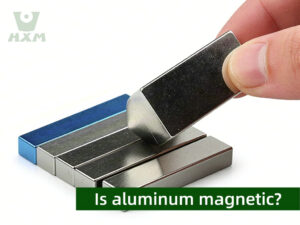
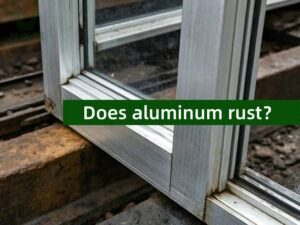
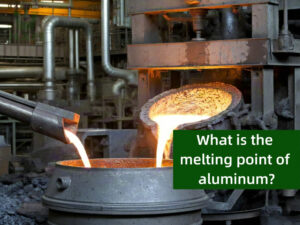
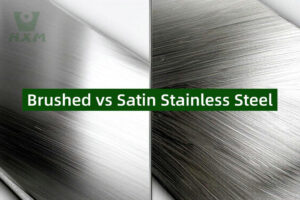
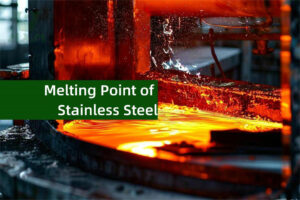




 Arabic
Arabic Chinese (Simplified)
Chinese (Simplified) Chinese (Traditional)
Chinese (Traditional) Dutch
Dutch English
English French
French German
German Italian
Italian Japanese
Japanese Korean
Korean Malayalam
Malayalam Mongolian
Mongolian Norwegian
Norwegian Portuguese
Portuguese Russian
Russian Serbian
Serbian Spanish
Spanish Swedish
Swedish Thai
Thai Turkish
Turkish